Today, over 92 percent of all search traffic worldwide is now owned by Google. However, keeping up with the most recent Google algorithm improvements can help you succeed with SEO(Search Engine Optimization) for Google.
Google no longer accepts inapplicable and unreliable websites. To make search more dependable and user-friendly, it upgrades the algorithm frequently.
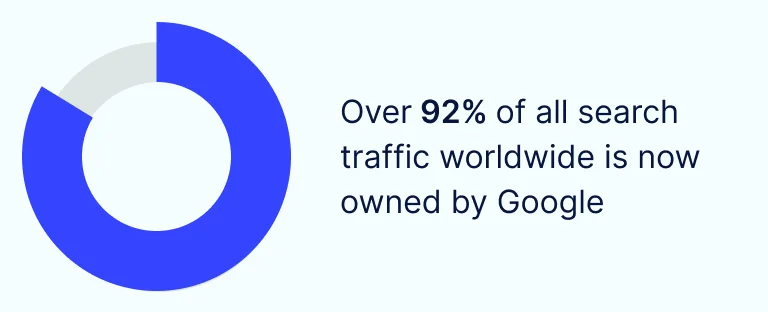
The digital marketing revolution we are currently experiencing is being driven by search engines. Several identities are competing for attention today to be seen on Google’s front page.
Today, there is clearly a market for e-commerce website building projects. Online purchases of goods and services have increased significantly since the current pandemic, which is unprecedented.
Making an e-commerce website now can be a good idea. However, it’s crucial that you select the proper tool or framework for the development of a website.
A lot of SEO-friendly features are integrated into Bagisto, a popular platform for creating eCommerce websites.
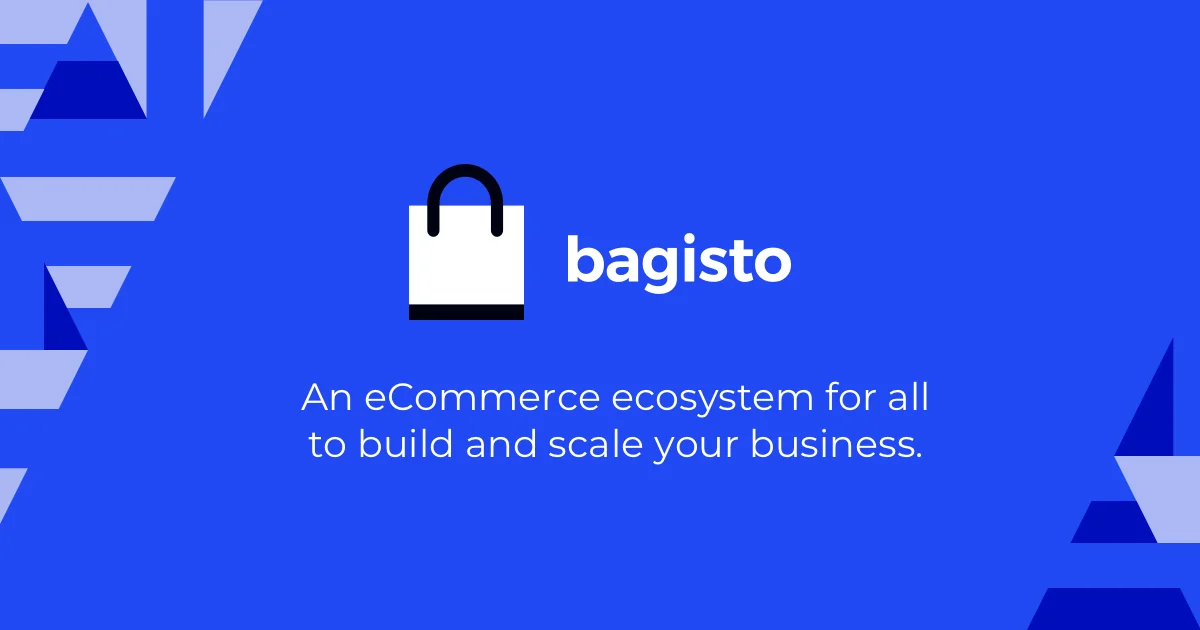
For any e-commerce business, search engine optimization is one of the most important aspects. You should never overlook on-page optimization even while off-page Bagisto SEO, or citations and links referring to your site, is crucial.
You may use Bagisto SEO best practices to help your website rank highly in search results. To rank higher in search, you must optimize your website for Google’s needs.
All of the Bagisto SEO settings and recommendations that are built-in there have been included on one page.
To provide its users with the finest search results, the organization is continually updating its algorithms and as well as procedures.
Here are a few Google algorithm updates to keep an eye out for in 2022 from the many updates that occur each year.
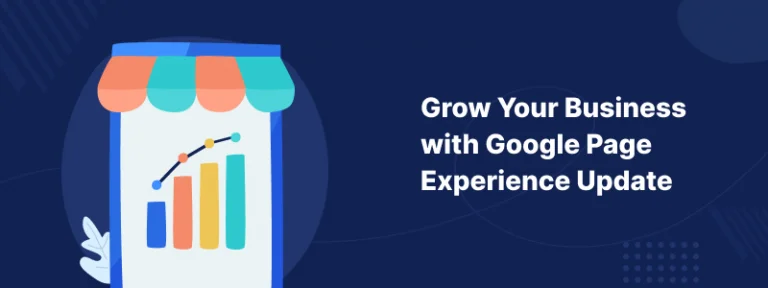
What are the 2022 Google Algorithm Updates?
Search results on Google are relevant to users’ queries thanks to Google algorithms.
The content on every page that Google has indexed is analyzed by these algorithms, which then assign a ranking based on many criteria.
These variables encompass several things, such as the caliber of the content, the authenticity of the page, accuracy, and user experience.
Algorithm updates are crucial because?
The algorithms used by search engines must frequently be modified because technology is always developing.
If this isn’t done, people will find a method to push Google users irrelevant, inferior stuff.
The ability to maintain a top ranking is crucial for websites that provide useful content. By timely upgrading Google algorithms, that can only be guaranteed.
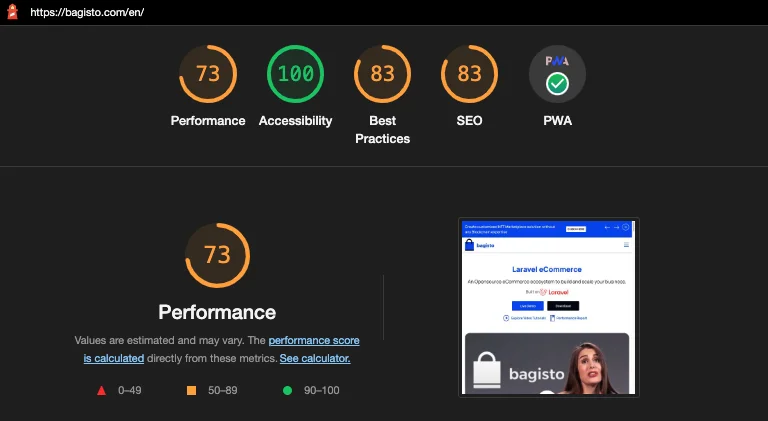
The Search Engine Results Page only displays the most pertinent stuff this way (SERP). Furthermore, updates support SEO managers in discovering fresh approaches to website ranking.
However, it penalizes websites that don’t adhere to established rules and inhibits black hat SEO techniques.
Five Google algorithm updates to be aware of in 2022
Here are the five most significant Google algorithm updates to be aware of in 2022.

Update on Link Spam:
Links can benefit websites if they are well deserved because they are one of the ways Google determines what content may be useful to searchers.
Link building has long been a crucial SEO strategy that marketers have handled with caution. How well your website ranks depends on the caliber of the backlinks pointing to it. But a lot of people spam links to get more backlinks.
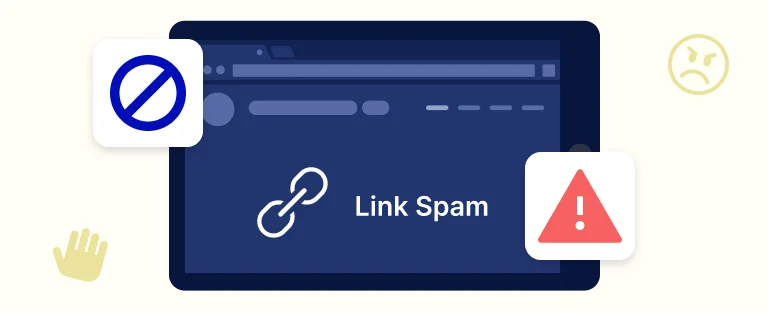
Google specifically highlights links from sponsored and guest content as well as affiliate links.
For each kind of link, Google suggests the following:
Affiliate links: Regardless of whether these links were generated manually or dynamically, Google requests that affiliate program participants mark these links as sponsored with rel=” sponsored”.
Links from sponsored articles: Links from sponsored posts must be marked up with the rel=”sponsored” attribute. These links may be advertising or paid placements (often referred to as paid links).
Links from guest posts should be indicated with the rel=”nofollow” attribute.
Google’s Page Experience
To improve the overall user experience on top-listed pages, Google recently pushed out this upgrade. There will be a rating given to each page. Google Search Console will provide the results.
In this approach, we take into account the fundamentals of the web, the ad experience, security, and mobile optimization.
A variety of things can impact a web page’s user experience.
These are also known as Page Experience Signals, and they include:
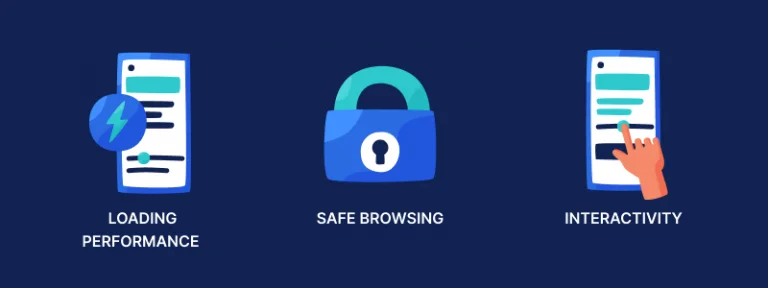
- Core Web Vitals
- Mobile-friendly
- HTTPS, and
- Security issues
- Ad Experience
Core Web Vitals
Google’s Page Experience signals, which are used to gauge user experience, include performance measures called Core Web Vitals.
Google Core Web Vitals are measurable SEO performance metrics that show you how visitors are interacting with your site.
Hence, they give you precise, quantifiable data that you can utilize to enhance the general user experience on your website.
Key Performance Parameters for Analyzing Core Web Vitals
- Interactivity
- Visual Stability
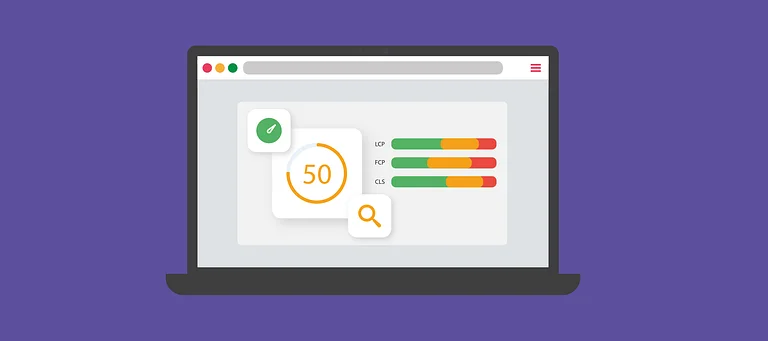
Loading Performance:
When a Google user first clicks through, LCP checks how quickly the page loads. The rendering time of the largest element on the page is measured by the Largest Contentful Paint (LCP) measurement.
Your website load time should ideally be under 2.5 seconds. The score “needs improvements” if LCP is between 2.5 and 4.0 s; you’ll receive an orange grade.
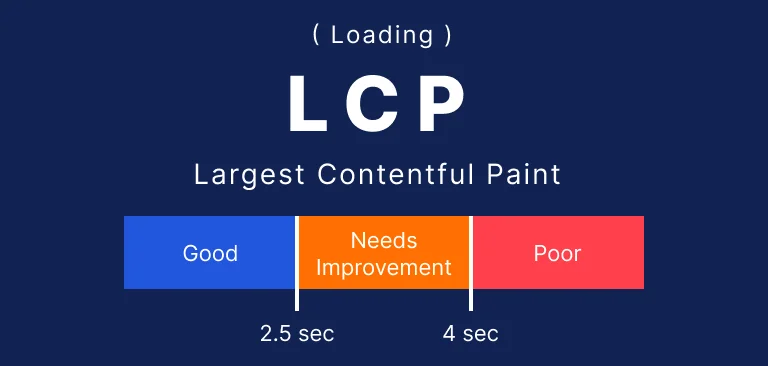
There are two different types of scoring tools you can use to determine the LCP Score. The first one is referred to as Field Tools and the second one as Lab Tools.
Interactivity:
Through interaction, FID gauges how well users are using a page. If the processing of the website begins within 100 milliseconds of the user clicking a button or link, the page will be deemed responsive.
If the frequency is between 100 and 300 milliseconds, the score “needs improvement.” Moreover, it is poor above 300.
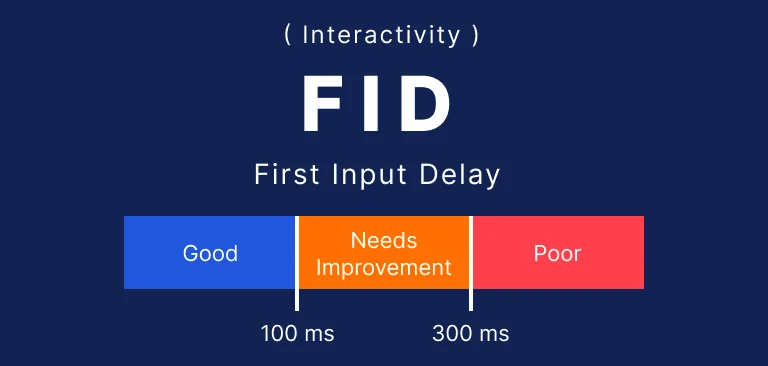
Visual Stability:
A page’s layout shifting frequency is measured by CLS. A website’s user experience is improved by its stable layout, which is regarded as being more user-centric. The optimum result is less than 0.1.
The performance “needs improvements” if the CLS score is between 0.1 and 0.25. and if it is more than 0.25, the performance is poor.
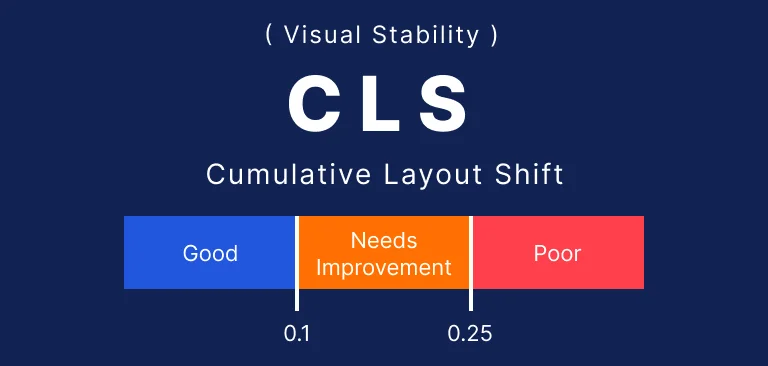
Two methods exist for measuring CLS. The first way in the Lab is called by Google. The second method is known as the Field.
Product Reviews Update
Google updated its search algorithm in April to give more prominence to in-depth, higher-quality product evaluations.
The update’s major goal was to promote authentic reviews rather than the usual material seen in the product review area.
Reviews that are incomplete or inaccurate will be removed (note – it is not a penalty, but higher quality information will be given more priority).

Customers use smartphones with face icons and infographic percentages to evaluate the product after-use service and customer satisfaction concept.
Broad Core Update(s)
A change in the ranking signals’ values, relevance, or order is imposed by Google whenever it makes significant core algorithmic changes.
Since they don’t focus on any one issue, core updates are “wide” in this sense. They’re instead intended to enhance Google’s systems as a whole.
Pages that experience a reduction in ranks aren’t being penalized; instead, their performance is being reviewed in comparison to other web material that has been produced since the last update.
Introduction of MUM
The most significant news in search this year was unquestionably Google’s proposal for MUM.
With the use of a new technology called Multitask Unified Model (MUM), Google will be better able to respond to complex requests.

Furthermore, some of the updates’ features include Google Lens, image search, “Refine this search,” and others.
Google wants to improve MUM’s capabilities to incorporate the understanding of information from audio and as well as video in addition to text and images.
Conclusion:
Making a website user-friendly and semantic is the only thing one can do with all the upgrades. Data on websites must be aimed at providing the audience with the necessary information.
The information on the website, in the map results, and the product part must be made precisely for the users.
Support
So, that was much about the Top 5 Google Algorithm Changes for 2022 That You Need to Know for any queries or doubts reach out to us at [email protected].Also, you can also raise a ticket at our HelpDesk System.



Be the first to comment.